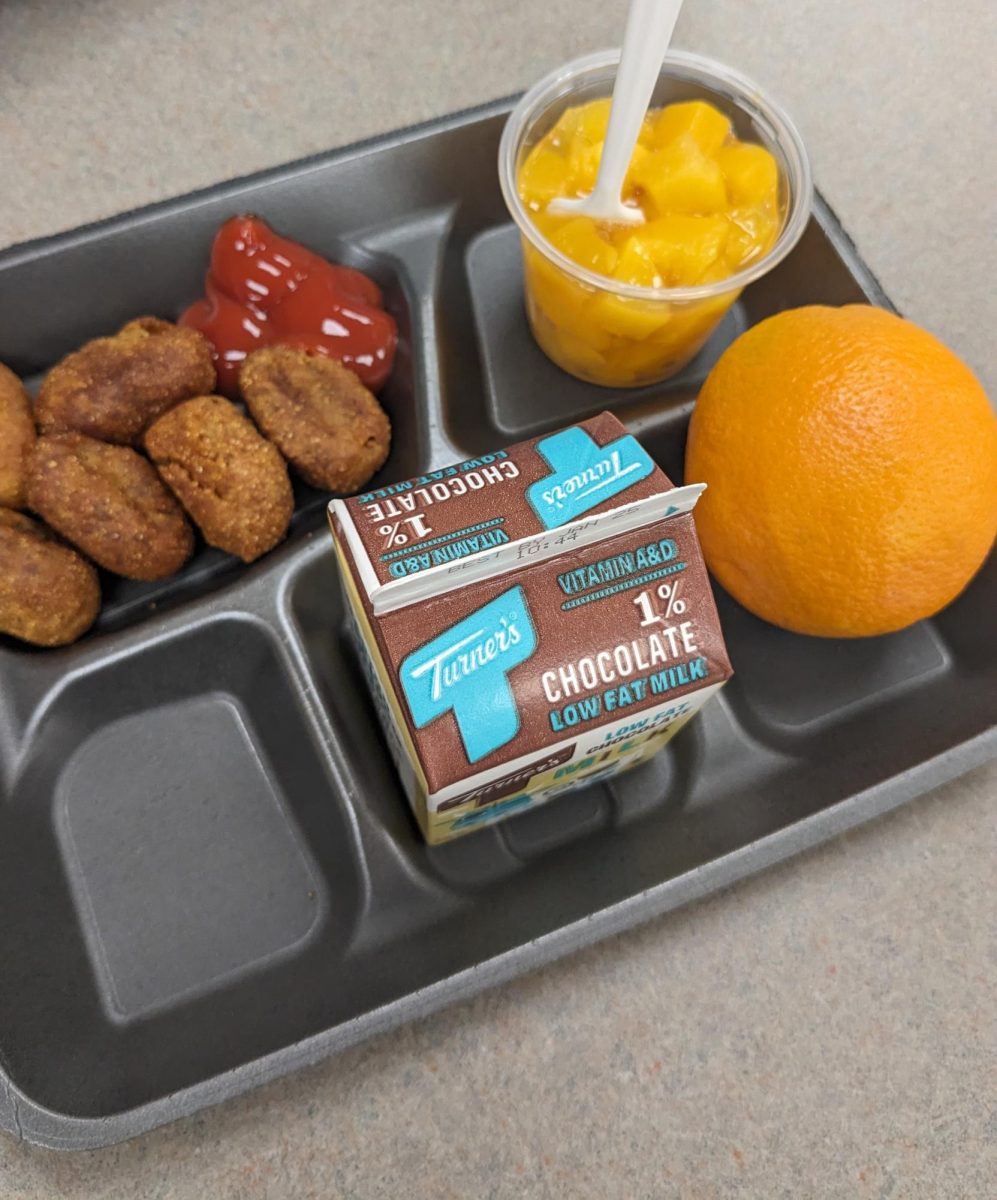If you are a student athlete who eats school lunches, do you often find you are still hungry after lunch? I am a student athlete who, every day, goes from school right to practice. Sometimes I do not even have enough time to grab a snack. This is an issue that I have seen with me, my friends, and other student athletes.
The average female should intake about 2,000 calories a day, while males should consume 2,500. However, athletes need 2,400 to 3,000 calories a day, and maybe even more! However, U.S. school lunches are based on a set minimum and maximum calorie intake, which may not be enough for athletes. As a student athlete, I noticed that even the maximum amount of calories was not enough to keep me full throughout the rest of the day, let alone throughout all of practice.
Many foundations were created to reduce the amount of calories consumed and up the nutritional level in food to decrease the obesity levels in the U.S. I believe that school lunches were never the biggest problem. The problem begins with poverty. If you have ever watched “My 600-Lb. Life” you would notice all the food they eat is what they can afford, which is mostly unhealthy. All they eat is pizza, fast food, and sugar.
Sugar is one of the greatest factors in causing obesity. Sugar is a carbohydrate, and carbohydrates are there to give people short term energy bursts. When you eat too much sugar and don’t burn off the energy, the energy is stored. Eating too much sugar can eventually cause obesity, as sugar does not have high nutritional values. Almost every food in America includes sugar, even something you may consider healthy. Most yogurts contain so much sugar that you can’t consider it a healthy food anymore. I believe that if sugar is limited, more nutritional food is able to be given to the students. If you want to know more about the sugar topic, I recommend watching “That Sugar Film.”
The University of Texas Longhorns have an entire cafeteria dedicated to their athletes. They make sure that the athletes are full, while having a nutritious lunch. I understand that high schools do not have the funding that colleges do, but some significant measures can still be taken. Students could still be fed what is being served for lunch, just maybe a bit more. It is important to remember that no person is the same. Everyone is a different height, weight, and more. Just basing the amount of calories and quantities on an average does not do anything to help.
I believe that it is possible to have a nutritious lunch, but also be able to fill the stomachs of the students. I’ll say it again, the student athletes are hungry, even after lunch, and it must change.









